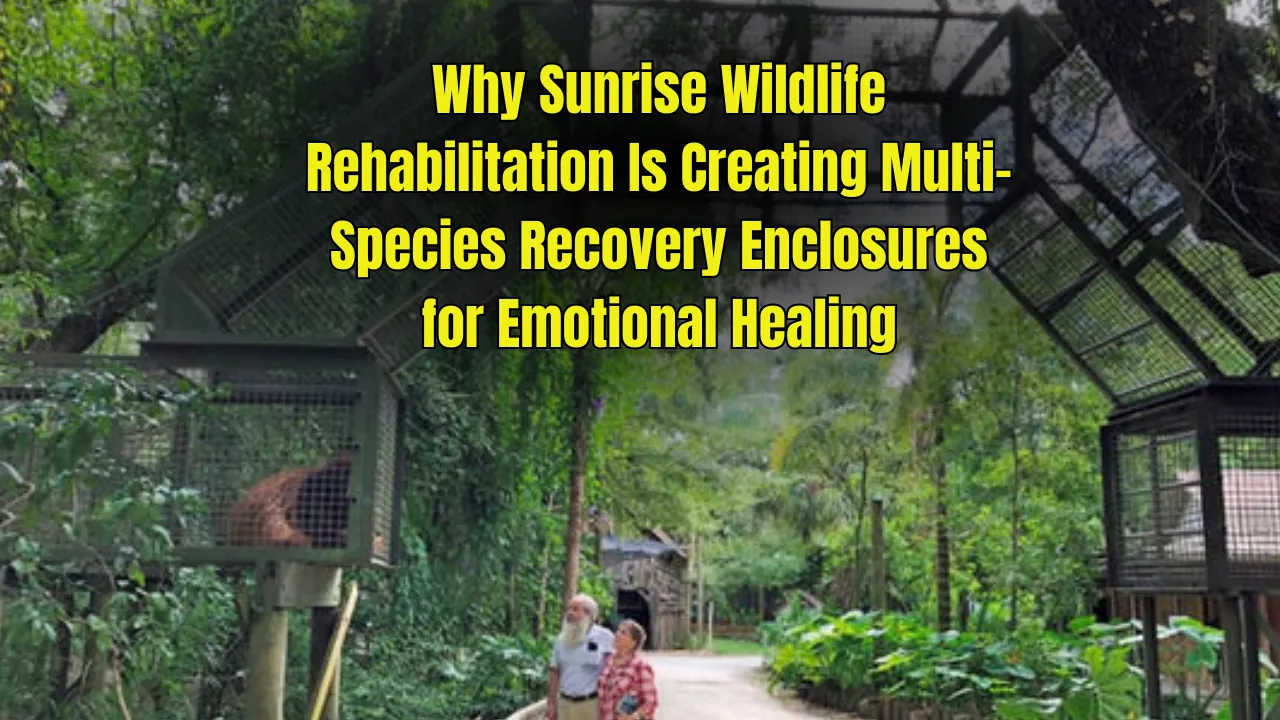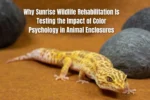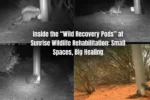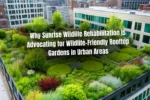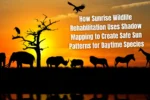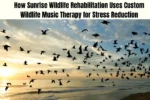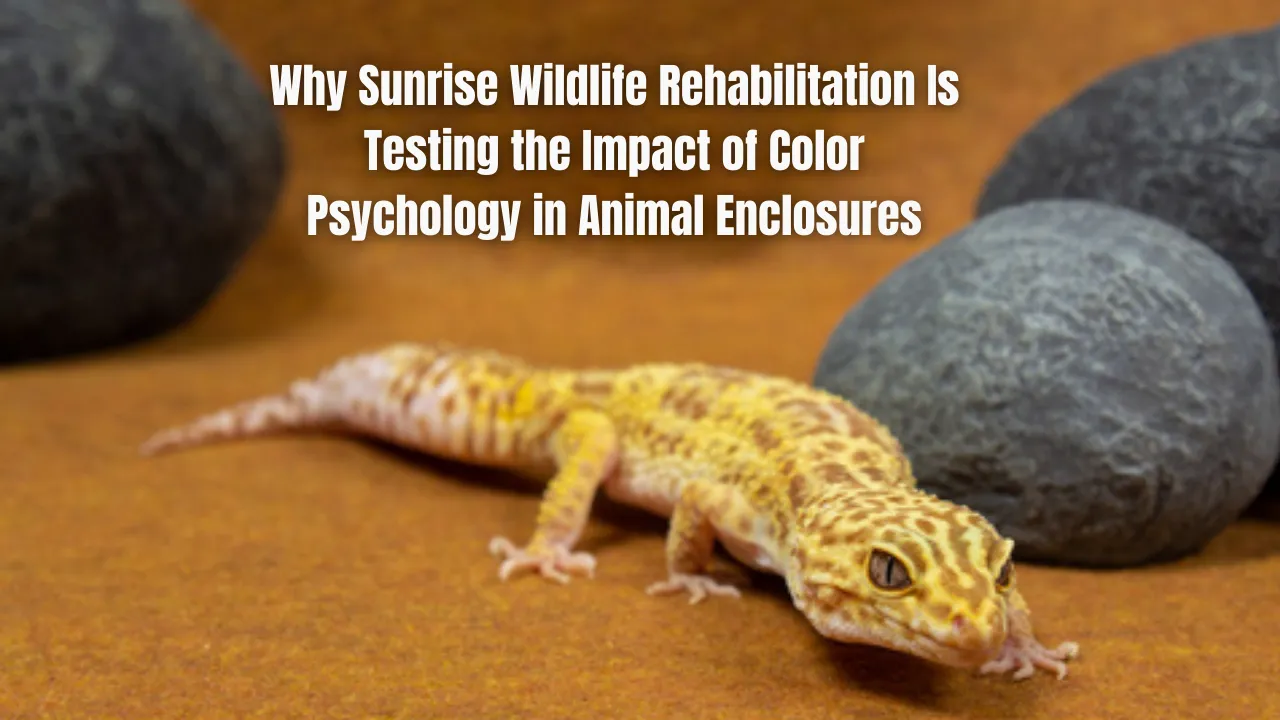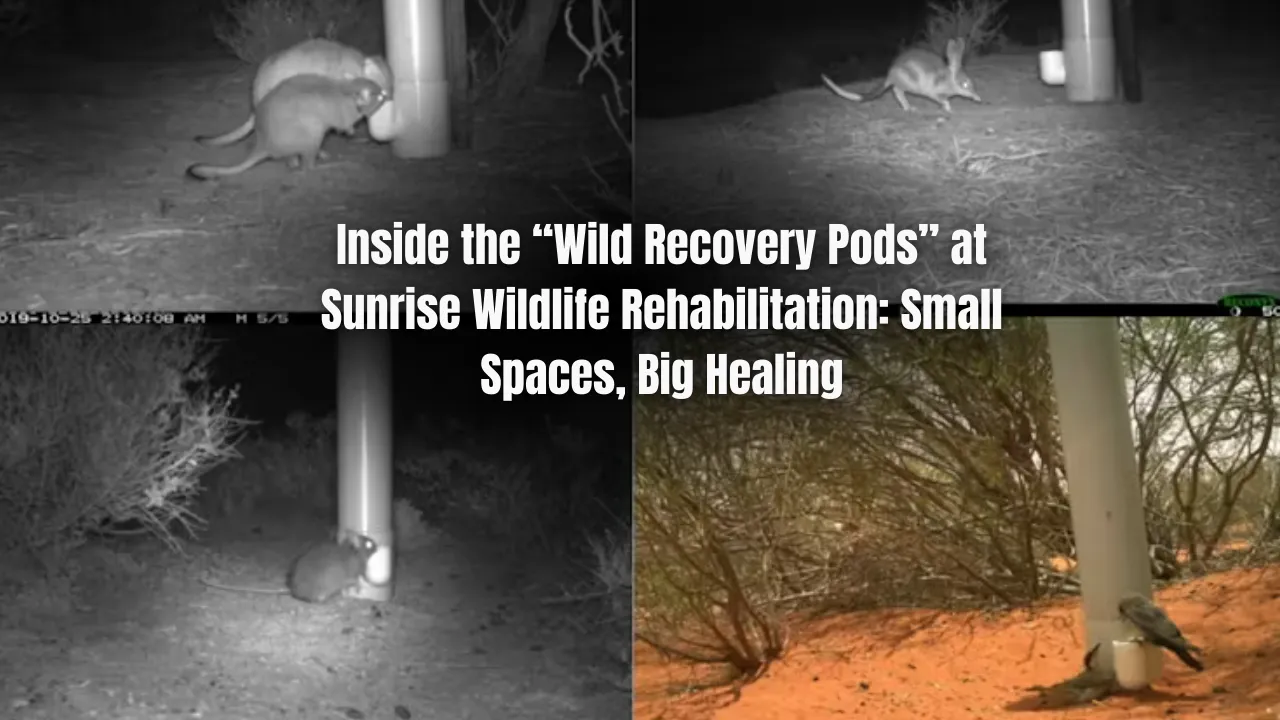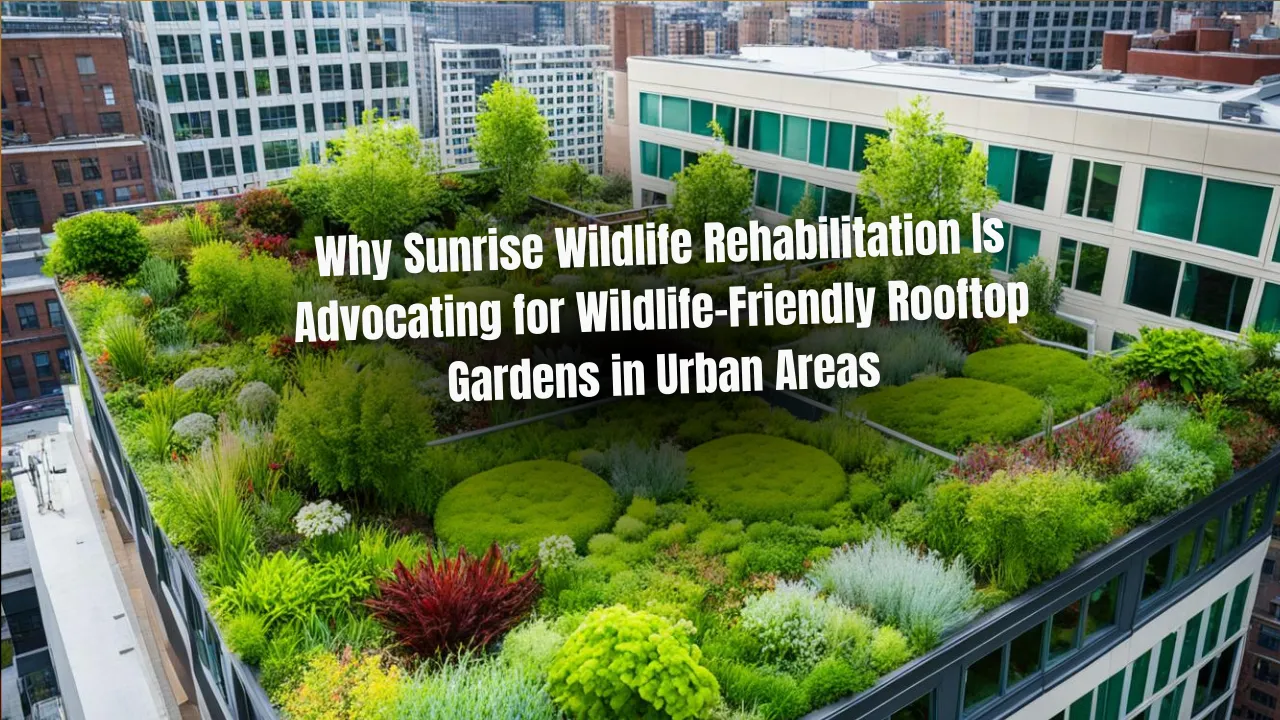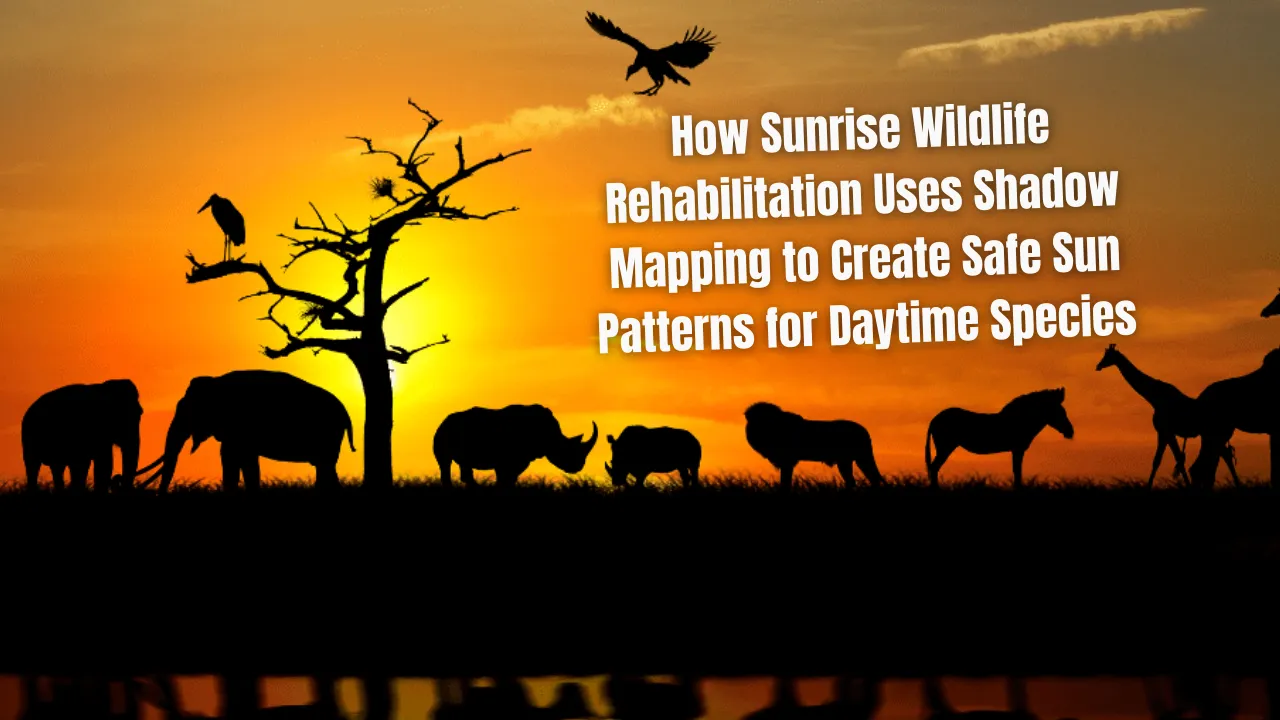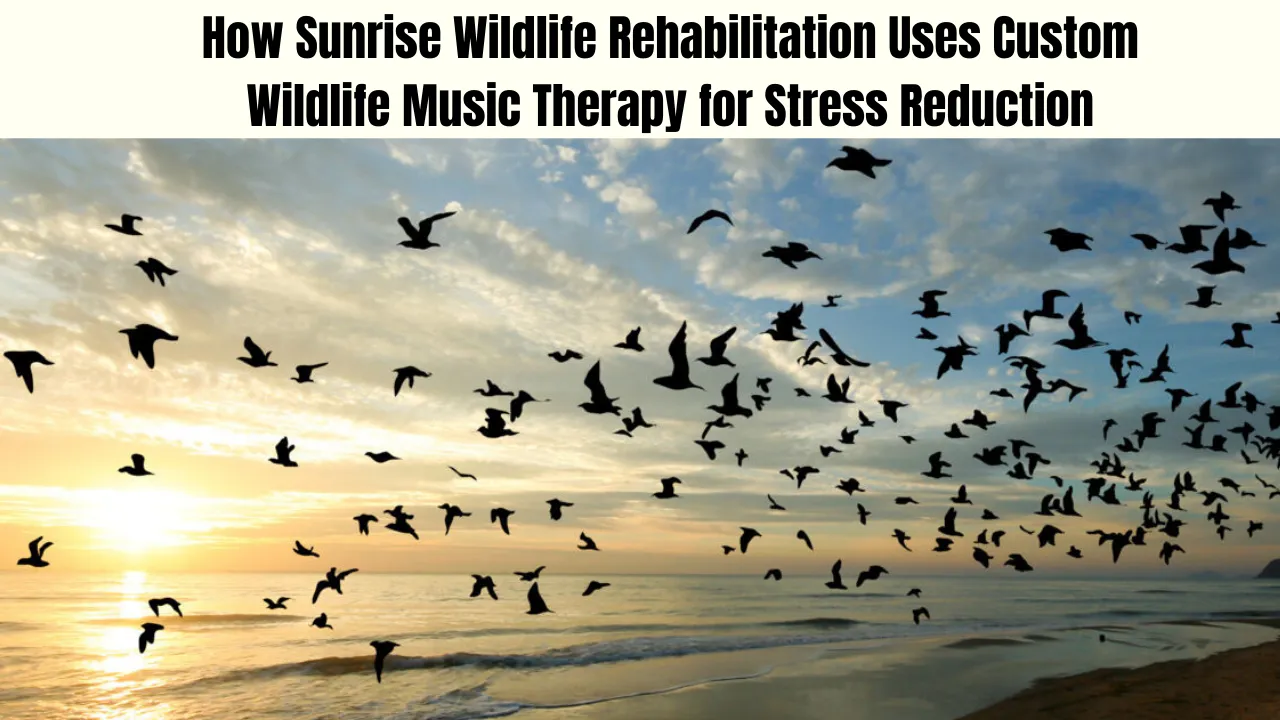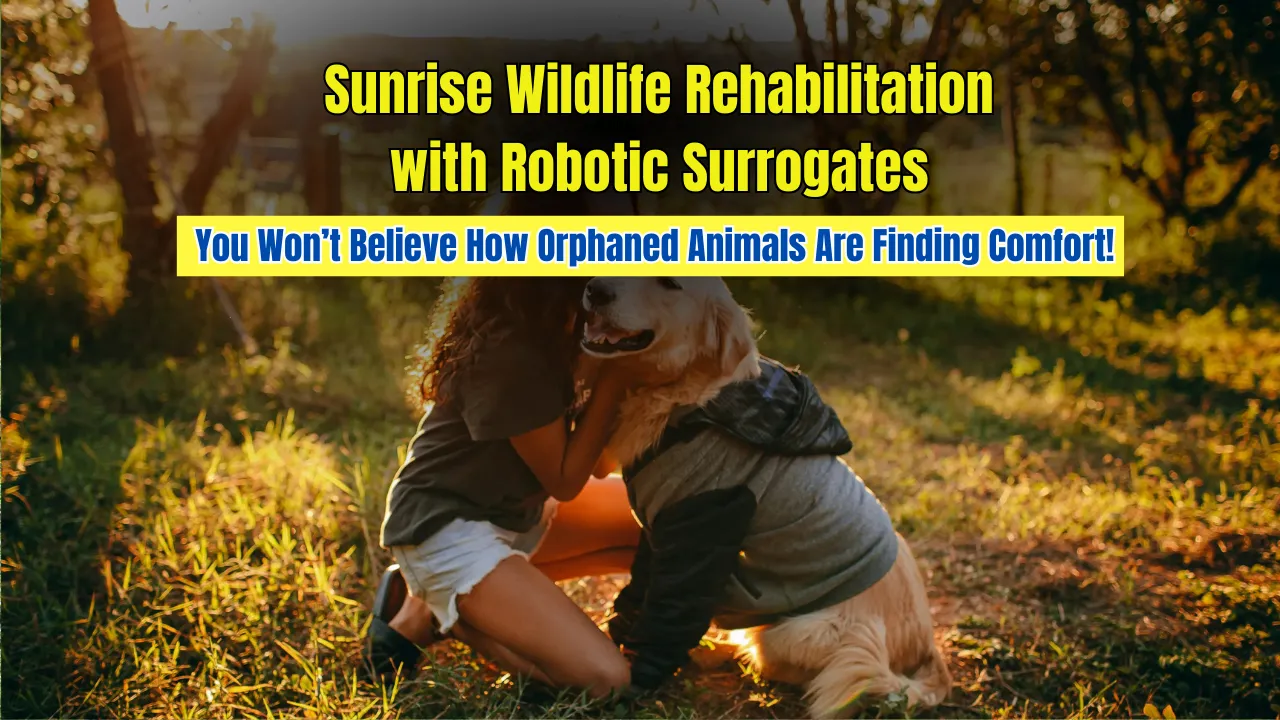Multi-Species Recovery Enclosures are quietly redefining the way wildlife centers approach emotional healing in animals. At Sunrise Wildlife Rehabilitation, a new chapter in animal rescue is unfolding—one that goes beyond medicine and embraces the emotional well-being of every creature that enters their care. This isn’t about breaking the rules of species separation. It’s about reimagining recovery in a way that restores not just the body, but the spirit.
This article will explore why Sunrise Wildlife Rehabilitation is pioneering this method and what makes it effective. We’ll discuss how animals benefit from interspecies companionship, what the enclosures look like, the safety protocols in place, and the remarkable emotional transformations observed. This is not just innovation—it’s a compassionate shift in how we understand healing in wildlife care.
Multi-Species Recovery Enclosures: A New Path in Wildlife Healing
The concept of Multi-Species Recovery Enclosures revolves around placing compatible rescued animals from different species in shared spaces that allow natural interaction. These environments are built to simulate peaceful wild habitats while promoting emotional healing through companionship. With proper supervision, these animals form bonds that help reduce stress, increase confidence, and speed up recovery. At Sunrise Wildlife Rehabilitation, this strategy has shown transformative results in trauma recovery, especially among orphaned animals and those suffering from anxiety due to injury or displacement.
Overview of Sunrise Wildlife’s Recovery Enclosure Approach
| Feature | Description |
| Purpose | Emotional healing through interspecies companionship |
| Species Selection | Non-aggressive, compatible animals such as deer, rabbits, and birds |
| Design Elements | Natural shelters, open space, quiet zones, visual barriers |
| Monitoring | 24/7 camera supervision and routine checkups |
| Emotional Benefits | Reduced anxiety, increased social interaction, faster behavioral recovery |
| Recovery Outcomes | Higher release success rate and smoother reintegration into the wild |
What Are Multi-Species Recovery Enclosures?
At its core, a Multi-Species Recovery Enclosure is a shared space designed for emotional and psychological recovery, rather than just physical rehabilitation. Unlike traditional wildlife rescue enclosures that isolate animals by species, this method brings together animals that can coexist peacefully. The design includes quiet spaces, multiple escape points, and species-appropriate shelters that encourage natural behavior without forcing interaction.
These enclosures are used specifically for animals that are not predators or naturally aggressive. For instance, deer, geese, tortoises, and small birds may share overlapping areas. The aim isn’t to create friendships but to allow mutual presence that helps rebuild trust and emotional balance in animals impacted by trauma.
The Emotional Side of Animal Healing
Emotional healing in animals is often overlooked in wildlife care, yet it is deeply significant. Trauma from accidents, orphaning, or habitat destruction can leave animals withdrawn, aggressive, or unable to engage in natural behaviors. Emotional distress can delay or even prevent physical recovery.
At Sunrise Wildlife Rehabilitation, animals placed in Multi-Species Recovery Enclosures have shown visible emotional improvements. Orphaned animals, for instance, become more social when they observe other animals feeding, resting, and recovering nearby. Fear and skittish behavior reduce dramatically, and animals start engaging with their environment sooner.
This emotional progress is crucial, especially when the end goal is to release them back into the wild. Animals that are emotionally stable adapt better to natural habitats, avoid humans, and interact more confidently with their species.
How Sunrise Wildlife Rehabilitation Is Leading the Change
Sunrise Wildlife Rehabilitation didn’t adopt this method on a whim—it’s the result of years of observation and animal behavior research. Their team noticed that animals in isolation showed signs of emotional shutdown. These animals took longer to eat, avoided movement, and often became listless, even if physically healing.
By introducing interspecies proximity in a controlled environment, animals began to mirror each other’s calm behaviors. A rescued duck might feel more relaxed seeing a calm deer nearby. A tortoise could explore more when surrounded by non-threatening rabbits. Each species brings a unique energy to the space that, together, contributes to a more peaceful atmosphere.
Sunrise has set safety measures as a top priority. Only compatible species are placed together, and all interactions are carefully supervised. There’s always an option to separate individuals if any distress or aggression is observed. But most of the time, the interactions are calm, quiet, and healing.
Benefits of Multi-Species Recovery Enclosures
- Reduced Isolation Stress: Animals are not left alone in silence, which often causes fear or aggression.
- Improved Emotional Stability: Gentle exposure to others promotes calm behavior and reduces trauma-related symptoms.
- Encourages Natural Curiosity: Animals become more active and explore their surroundings when others are doing the same.
- Faster Adaptation to the Wild: Emotional stability contributes to successful rewilding.
- Increased Social Skills for Orphans: Young animals learn more by observing and mimicking others.
Real-Life Examples from Sunrise
Sunrise Wildlife Rehabilitation has witnessed multiple success stories through this method. In one enclosure, an orphaned fawn was placed with a rescued domestic goose. While they never played together directly, the presence of the goose helped the fawn feel less alone. Over time, the fawn began to feed more confidently and showed signs of curiosity and comfort.
In another case, an injured hawk was placed near a separated section where it could see rabbits and ducks moving calmly. The hawk, which had been hostile and stressed, gradually began to rest and preen. It wasn’t companionship—it was emotional reassurance through peaceful observation.
These outcomes highlight the deep emotional layers of animal recovery, proving that shared energy and presence matter just as much as medical care.
Key Elements of a Successful Recovery Enclosure
- Careful Species Matching: Only animals with no history of aggression or predation are grouped.
- Natural Design: Bushes, trees, shelters, and quiet corners mimic native habitats.
- Close Monitoring: Trained staff watch behavior changes and intervene if needed.
- Emergency Dividers: The enclosures include movable barriers for instant separation.
- Behavior-Based Progress Tracking: Recovery isn’t just about wounds healing—it’s about confidence and calm behavior returning.
Why the Wildlife Rehab World Is Taking Note
As more wildlife centers face challenges in rewilding traumatized animals, Sunrise’s model offers a compelling alternative. Emotional readiness has become a major talking point in animal rescue. The success of Multi-Species Recovery Enclosures proves that healing happens on many levels—and the emotional one can’t be ignored.
Now, other wildlife rehabilitation facilities are seeking guidance on how to implement similar environments. As interspecies bonding gains ground in scientific studies, it’s becoming clear that emotional support is not a luxury—it’s essential to effective wildlife care.
FAQs
What is the main goal of a Multi-Species Recovery Enclosure?
To promote emotional healing through calm companionship between compatible animal species during recovery.
Are predators ever included in these enclosures?
No. Only non-aggressive, non-predatory animals are selected to ensure safety and reduce stress.
Do animals form actual bonds with other species?
Sometimes they do, but most often the benefit comes from shared presence and calm observation rather than direct bonding.
Is this method safe for all rescued animals?
Not all animals are suited for it. The method is used only after careful evaluation of the species and individual temperament.
How does this help animals prepare for the wild?
Animals become emotionally stable, regain natural behaviors, and develop resilience, making them better suited for survival after release.
Conclusion
Sunrise Wildlife Rehabilitation’s use of Multi-Species Recovery Enclosures is more than a technique—it’s a compassionate evolution in animal care. By recognizing that animals feel fear, loneliness, and stress, this approach redefines healing in a way that’s deeply respectful and profoundly effective. Emotional recovery leads to fuller, faster rehabilitation, which means more animals are released into the wild healthier and happier.
If you’re moved by this approach, share it with someone who cares about animal welfare.
